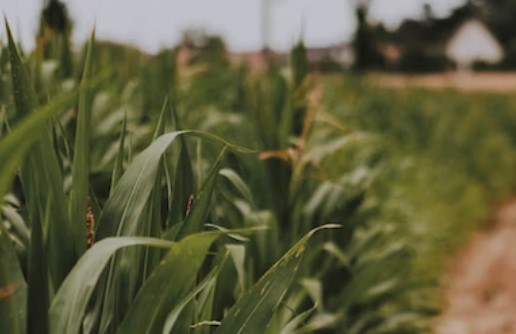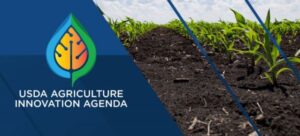

USDA will stimulate innovation so that American agriculture can achieve the shared goal of increasing U.S. agricultural production by 40 percent while cutting the environmental footprint of U.S. agriculture in half by 2050, says U.S. Secretary of Agriculture Sonny Perdue, who has unveiled a department-wide initiative to align resources, programs, and research to position American agriculture to better meet future global demands.
“We know we have a challenge facing us: to meet future food, fiber, fuel, and feed demands with finite resources. USDA’s Agriculture Innovation Agenda is our opportunity define American agriculture’s role to feed everyone and do right as a key player in the solution to this challenge,” said Secretary Perdue.
“This agenda is a strategic, department-wide effort to better align USDA’s resources, programs, and research to provide farmers with the tools they need to be successful. We are also continually mindful of the need for America’s agriculture industry to be environmentally, socially, and economically sustainable to maintain our position as a leader in the global effort to meet demand. We are committed as ever to the environmental sustainability and continued success, of America’s farmers, ranchers, foresters, and producers.”
Over the past 90 years, U.S. agricultural production of food and fiber has increased by over 400 percent while inputs have only increased by a tenth of a percent annually. American farmers provide diverse, safe, healthy, and affordable products to consumers and contribute greatly to the larger economy – all while being good stewards of the environment.
USDA’s motto is to “Do Right and Feed Everyone.” First – to “feed everyone” by producing enough food and agricultural products to meet the needs of a growing population and match consumer preferences for sustainable products. Second – to “do right” by protecting the natural resource base on which agriculture depends, for both current and future production. USDA will prioritize both productivity and conservation of resources.
The first component of the Ag Innovation Agenda is to develop a U.S. ag-innovation strategy that aligns and synchronizes public and private sector research. The second component is to align the work of our customer-facing agencies and integrate innovative technologies and practices into USDA programs. The third component is to conduct a review of USDA productivity and conservation data. USDA already closely tracks data on yield, but on the environmental side, there’s some catching up to do. Finally, USDA has set benchmarks to hold us accountable. These targets will help measure progress toward meeting the food, fiber, fuel, feed, and climate demands of the future. Some of the benchmarks include:
- Food loss and waste: Advance our work toward the United States’ goal to reduce food loss and waste by 50 percent in the United States by the year 2030.
- Carbon Sequestration and Greenhouse Gas: Enhance carbon sequestration through soil health and forestry, leverage the agricultural sector’s renewable energy benefits for the economy, and capitalize on innovative technologies and practices to achieve net reduction of the agricultural sector’s current carbon footprint by 2050 without regulatory overreach.
- Water Quality: Reduce nutrient loss by 30 percent nationally by 2050.
- Renewable Energy: We can increase the production of renewable energy feedstocks and set a goal to increase biofuel production efficiency and competitiveness to achieve market-driven blend rates of 15% of transportation fuels in 2030 and 30% of transportation fuels by 2050.


